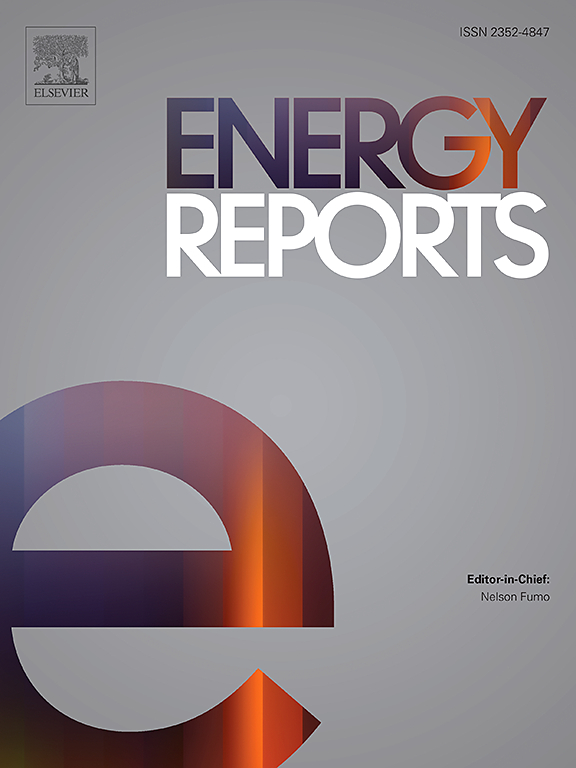Study on the economic comparison and low-carbon benefits of major low-carbon thermal power technologies in China
IF 5.1
3区 工程技术
Q2 ENERGY & FUELS
引用次数: 0
Abstract
In the context of the "dual carbon" goal, the reduction of carbon emissions of thermal power units is the key to the implementation of emission reduction targets in China. In this paper, the economic evaluation model of low-carbon thermal power technology is constructed, and the economic benefits and emission reduction benefits of six kinds of low-carbon thermal power technology are compared and analyzed. Results indicate that when coal prices fall to 600 CNY/t and natural gas to 0.8 CNY/m³ , the levelized cost of electricity for CPCCS and NGCC drops to the current LCOE level of USDR. While CPCCS requires higher initial investment, its carbon benefits double those of other coal-fired technologies. BCPG leverages biomass fuel's price advantage to simultaneously reduce emissions and increase profits. However, at the current carbon price level, the carbon revenue of CAPP and HDNG cannot offset the increased fuel costs from blending ammonia or hydrogen, thus resulting in poor economic performance. In the future, with the gradual maturity of the carbon market and the improvement of emission reduction targets, China's carbon price level will approach the international level, thereby enhancing the low-carbon benefits of these technologies.
中国主要低碳火电技术的经济比较与低碳效益研究
在“双碳”目标背景下,降低火电机组碳排放是中国实现减排目标的关键。本文构建了低碳火电技术的经济评价模型,对六种低碳火电技术的经济效益和减排效益进行了对比分析。结果表明,当煤炭价格降至600元/t、天然气价格降至0.8元/m³ 时,CPCCS和NGCC的平准化电力成本降至USDR当前LCOE水平。虽然CPCCS需要更高的初始投资,但其碳效益是其他燃煤技术的两倍。BCPG利用生物质燃料的价格优势,在减少排放的同时增加利润。然而,在目前的碳价格水平下,CAPP和HDNG的碳收入无法抵消混合氨或氢所增加的燃料成本,从而导致经济效益不佳。未来,随着碳市场的逐步成熟和减排目标的提高,中国的碳价格水平将接近国际水平,从而提高这些技术的低碳效益。
本文章由计算机程序翻译,如有差异,请以英文原文为准。
求助全文
约1分钟内获得全文
求助全文
来源期刊

Energy Reports
Energy-General Energy
CiteScore
8.20
自引率
13.50%
发文量
2608
审稿时长
38 days
期刊介绍:
Energy Reports is a new online multidisciplinary open access journal which focuses on publishing new research in the area of Energy with a rapid review and publication time. Energy Reports will be open to direct submissions and also to submissions from other Elsevier Energy journals, whose Editors have determined that Energy Reports would be a better fit.
 求助内容:
求助内容: 应助结果提醒方式:
应助结果提醒方式:


